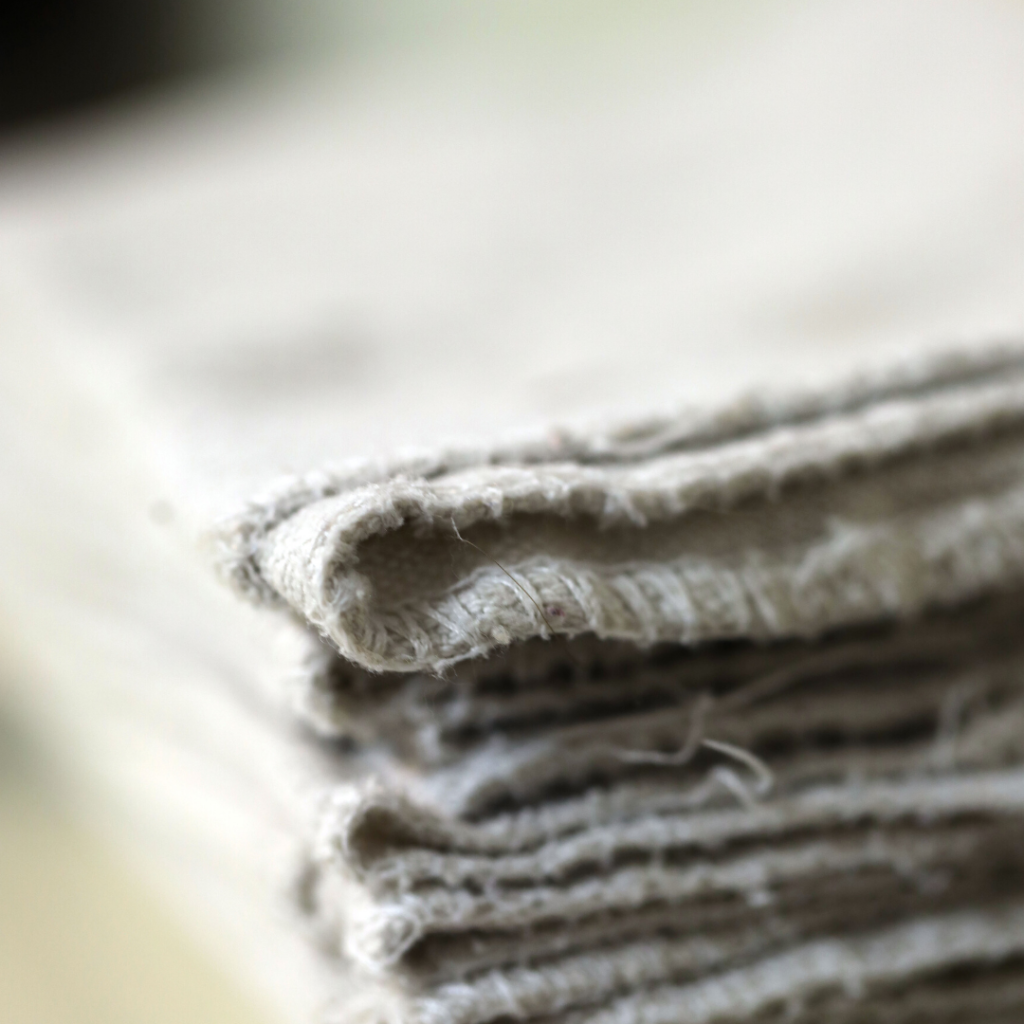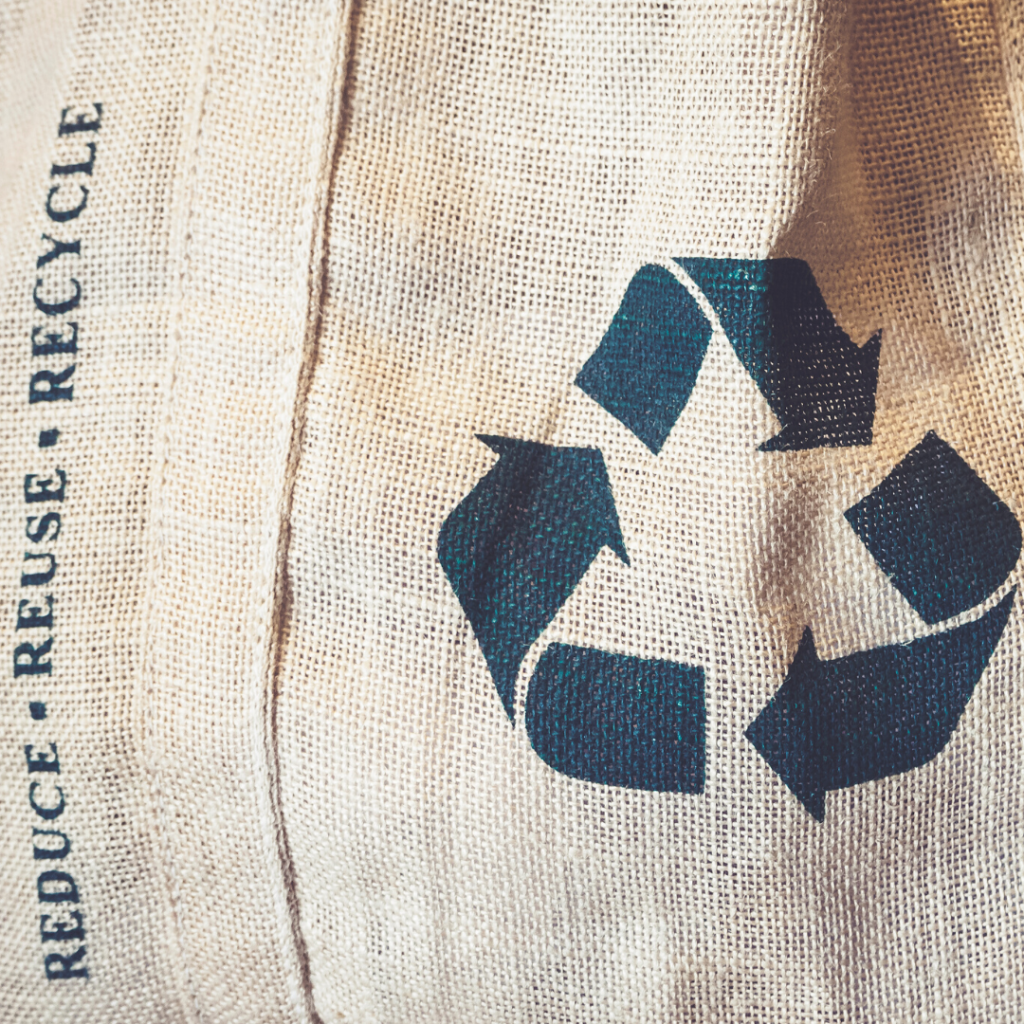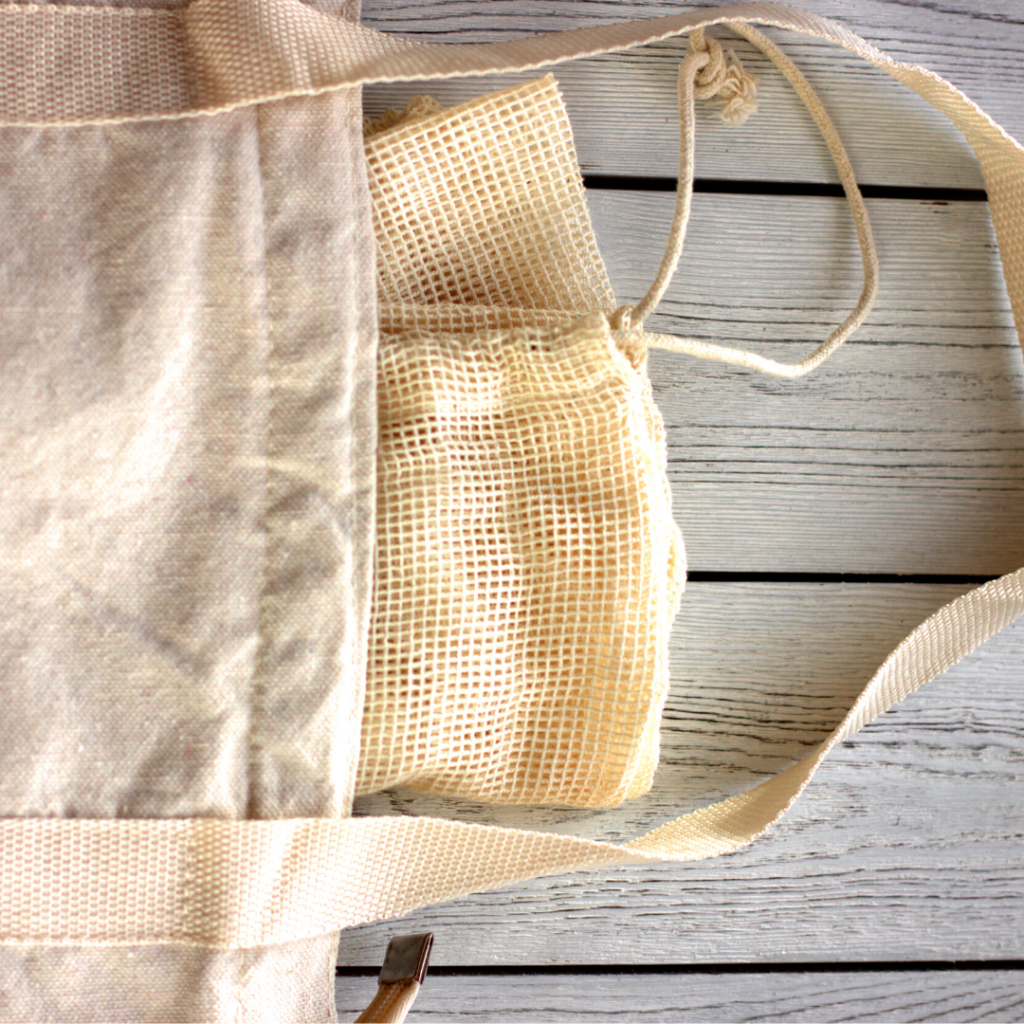1-Use reusable paper towel.
Choosing to buy packaging and products made from recycled materials is a better way to help reduce waste and support the world’s transition to a circular economy approach. When reusing materials, instead of creating new products from virgin materials, there is less burden on the economy. Reuse is an economical way for people of all socio-economic circles to acquire the items they need. Your dish rags and dish towels can double as reusable napkins or rags and use to wipe down messes. Reuse them for cleaning and compost them after (if they’re 100% cotton) or send them to textile recycling. Or use old t-shirts that are either too ripped or stained for reselling or donating, cut them up, and use them as rags as well[1].
2-Exchange plastic and Styrofoam materials for reusable cups and recyclable containers.
Plastic pollution adversely affects wildlife, wildlife habitat, and humans. However, the chemical structure of most plastics renders them resistant to many natural processes of degradation and as a result, they are slow to degrade, which led to a high prominence of plastic pollution in the environment. Similarly, Polystyrene foam is a cheap material for insulation and packing material. It’s also just awful for the environment in pretty much every way. Alternate packaging made from cardboard, paper, and other degradable materials is a better option than extruded polystyrene[2].
3-Make your own DIY cleaning products instead of buying chemicals one or natural ones with plastic packaging
Eco-friendly cleaning products provide a natural alternative, which will protect the health of your home, and it will also prevent even greater environmental damage. Use your own cleaning products such as distilled white vinegar or apple cider, baking soda, and citrus all work beautifully to clean your home, saving you a visit to the store. Recent research has indicated that Eco-friendly cleaning products will decrease water pollution, air pollution, ozone depletion, and global climate change. These types of eco-friendly cleaning practices will also promote recycling, especially since they work to minimize toxic products and reduce the excess waste of raw materials[3].
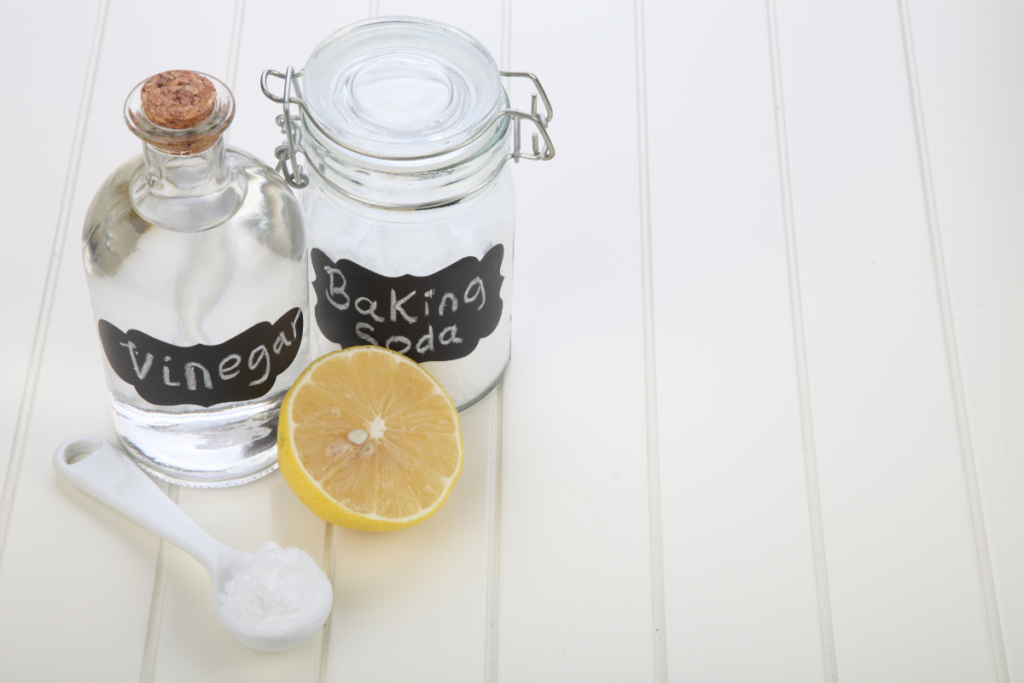
4-Start a garden
Growing your own food can save you money! Plus, it’s extremely rewarding. When you grow your own food, you decrease the amount of food you have to go out and buy. You can utilize low-cost ways to care for your garden too, such as grinding up eggshells to use as fertilizer or using pine needles as mulch. Gardening is such a healthy pass time that connects us back to the environment. It’s also the best activity to get kids involved in! [4].
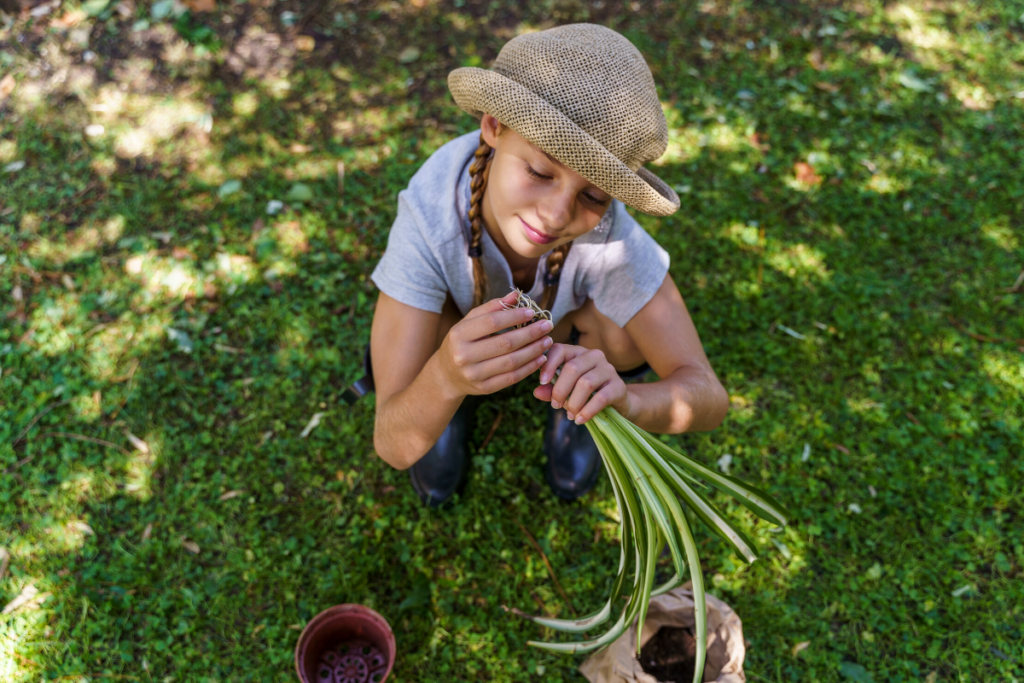
5-Use a reusable cup and bring coffee from your home
Making drink and food at home is the best way to reduce using wasteful takeout containers, and it also ensures that you can eat with real dishes and utensils, can drink with reusable cups, can compost any scraps and save the leftovers. More healthy food, more delicious coffee, more budget-friendly, and zero waste[1].
6–Avoid plastic grocery bags.
Single-use plastics are in the spotlight, as more and more people opt to reduce them. It may represent the epitome of today’s throwaway culture. Most of our plastic ends up in landfills, our oceans and waterways, and the environment. In the meantime, it contaminates our soil and water. The toxic chemicals used to manufacture plastic bags get transferred to animal tissue, eventually entering the human food chain. So, If possible, choose bags with a high percentage of recycled content. Stick some cloth bags in your car or bag, so you don’t forget them when you hit up the grocery store. This can reduce environmental impact and help create demand for recycled products[2].
7-Use a reusable bottle of water instead of buying plastic ones.
Avoid plastic water bottles. so, you can easily use empty glass bottles such as watertight peanut butter jars, coconut oil jars if you don’t have a reusable water bottle[1]
8-Say bye to new clothing.
Buying new clothing can be unbelievably wasteful and environmentally detrimental. Huge amounts of clothes go to waste every year in the world. Using the clothing that you already have in your wardrobe, try switching around where they are in your closet, or invite a friend over to help coordinate new outfits. It’s a great way to recycle pieces you forgot you had and make them new again. Any clothing that you don’t want or don’t wear anymore can be sold at consignment stores for some extra $$$.
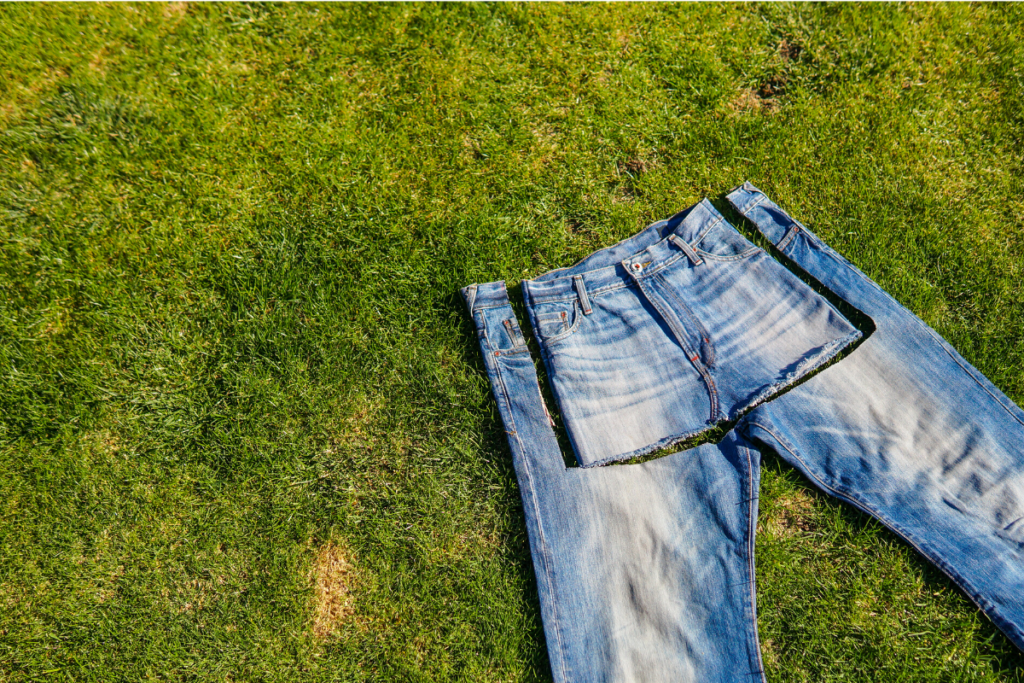
9-Use Eco-lodges as a sustainable model of accommodation when traveling.
There are several important characteristics and criteria for the ecolodges in order to be considered authentic and suitable type of accommodation for travelers such as; Provide comfortable rooms and common areas that reflect local design and heritage; Offer a natural setting that has been carefully preserved retaining indigenous landscaping; Use local, sustainably harvested and/or recycled building materials; Purchase foodstuffs from local farmers, ranchers, and fishermen; Use renewable energy and environmentally sensitive water and waste disposal systems and Offer a variety of excursions and educational materials to natural and cultural sites[5].
10-Be smart with energy
Want to save money on your electric bill? Going green can certainly help. Even when your electronics are “off”, TVs, cable boxes, WIFI routers, electronic equipment, and computers continue to draw electricity all day. A good way to avoid this is to put all your major electronics on a power strip and shut them totally off when you leave the house or at night. Also, turn off all lights when you’re in a room when you leave a room, or in the presence of nice natural lighting. Similarly,make sure to shut off your monitor and computer when you’re done using them[4].
11-Reduce Your Use of Animal Products
Animal agriculture is the main reason for more greenhouse gas emissions than the entire transportation sector combined. Increasing your intake of whole plant foods and decreasing animal product consumption is one of the best ways to reduce your carbon footprint[6].

12-Become aware of your trash.
Be exactly what you’re throwing away. You may find that a lot of what you throw away is compostable or recyclable. From there you can start to be mindful of the waste you can easily swap for sustainable choices[4].
References
. TIFT. 10 Waste-Free Changes That Don’t Cost Any Money. 2020 [cited 2020; Available from: https://trashisfortossers.com/10-waste-free-changes-dont-cost-any-money/.
2. Academic, B. Plastic pollution 2019; Available from http://08107r1d4.1104.y.https.academic.eb.com.mplbci.ekb.eg/levels/collegiate/article/plastic-pollution/477253.
3. Bhate, S., and K. Lawler, Environmentally friendly products: Factors that influence their adoption. Technovation, 1997. 17(8): p. 457-465.
4. waste, g.z. 10 Ways to Save Money and the Planet. 2020; Available from https://goingzerowaste.com/blog/save-money-go-green/.
5. Corporation, I.F. ECOLODGES: EXPLORING OPPORTUNITIES FOR SUSTAINABLE BUSINESS. 2004; Available from http://www.ifc.org/wps/wcm/connect/cfdb088048855408b134f36a6515bb18/Ecolodge_Publication_Part1.pdf?MOD=AJPERES&CACHEID=cfdb088048855408b134f36a6515bb18.
6. self. The Complete Guide to Saving Money by Living Zero Waste. 2020; Available from https://www.self.inc/blog/complete-guide-saving-money-living-zero-waste.
READ ALSO:
https://www.natureyourhome.com/staying-up-north-for-awhile/What Does a Smart Home Do and Why a Smart Home is Energy Efficient?


